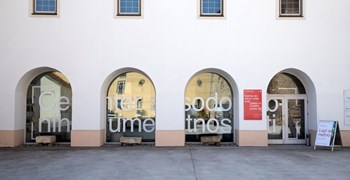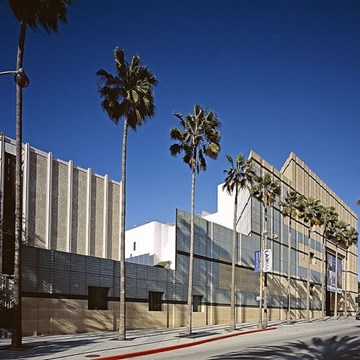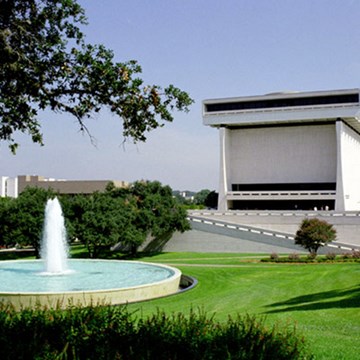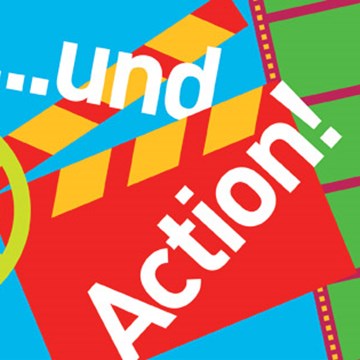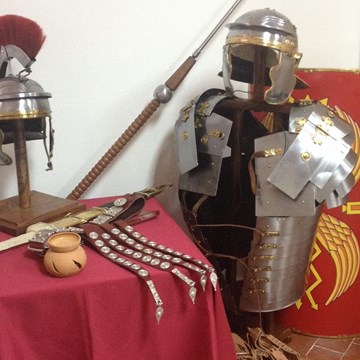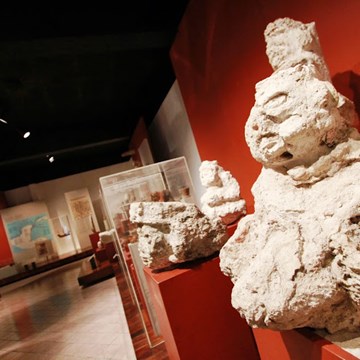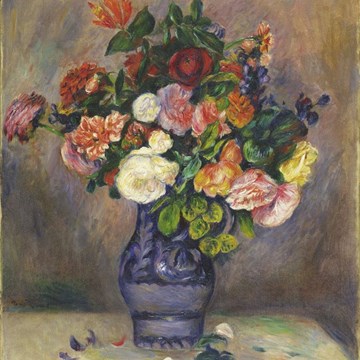Goran Bertok: Death Will Come and It Will Have Your Eyes
You are invited to the opening of the exhibition Death Will Come and It Will Have Your Eyes by Goran Bertok on Friday, October 4 at 7 p.m., at the Gallery of Contemporary Art.
Goran Bertok, one of Slovenia’s most visible photographers, has been concerned with the human body in the most extreme states and situations, the transience of the body and violence against the body, since the beginning of his art career. His intense works with radical themes open up a view of the otherwise invisible, hidden and marginalised aspects of individual and social consciousness or focus on incomprehensible events and experiences. Through the immediacy and context that they open up, they evoke discomfort, but above all they shock, shake and provoke reflection on the body, life, human nature and humanity. From 2004 (this exhibition focuses on the period from that year to the present), he moved from the thematisation of wounded and damaged bodies and the reference to unconventional sexual practices, characteristic of his early creative period, to the sensitive subject of death with images of dead bodies.
The series Visitors (2004–2010) and Post Mortem (2007–2010) were produced. With their distinct verism, their unflinching depiction of death as it is, and their high degree of aesthetic quality, they represent a turning point and a uniqueness in the depiction of death in Slovenian art. With them, Bertok ventured into the realm of that which is forbidden, discarded, concealed and “ugly” in contemporary society, that which, according to Nietzsche, man instinctively resists because it shows him what he will become. In this way, Bertok made a significant contribution to expanding the boundaries of the spaces into which contemporary art can penetrate. These two series are followed by works on the theme of the proximity of death. The resulting project Hunger (2017–2019) comprises a photographic series and a video. The work is unsettling with its images of a fragile, utterly emaciated anorexic body, on a fine line between life and death, inscribed with an accentuated grace, dignity and refinement in the bodily postures that recall Christian iconography and portraits from the history of art. After that comes the series Survivors (2012–2013/14), which deals with the incomprehensible evil that human beings are capable of inflicting on fellow human beings. In all of these works, the body takes centre stage, and they all provoke reflection on social issues ranging from society’s perception of death, societal constructs and norms of the ideal body to the inconceivable violation of basic human rights. The body is absent only in the most recent series, Seven Signs (2024). Although at first glance, the series seems to move away from the themes to which Bertok has been deeply absorbed over the last twenty years, the context it opens up is still strongly connected to it. In light of current occupation and genocidal politics and the rise of far-right political parties, the series of blurred symbols – representing religions, ideologies and political systems, all of which have wholly or partially negative connotations, dark and even sinister sides, from intolerance and oppression, to bloody conquests, ethnic cleansing and wartime atrocities – serves primarily as a reminder of human nature and the repetition of history. Much like the subtle and hauntingly eloquent black and grey series Survivors, with its still vivid painful portrayal of the last witnesses to the absolute dehumanisation and horrific experience of organised violence. With the mute faces of people who were interned in concentration camps during the Second World War and survived, the series not only speaks of the unimaginable experience of the “spaces of death” created by the fascist and Nazi policies of the time, but also serves as a reminder of all the subsequent acts of violence, torture, imprisonment, killing and genocide – of the incomprehensible Srebrenica or today’s brutal “new zone of death”, when an entire region has been turned into a concentration camp, imprisoning over two million people. “Certain things are innate to human beings. They erupt when the circumstances are right,” Bertok believes – they emerge as soon as the right political, economic, religious or other conditions arise.
The exhibition set-up, which has a retrospective character, is arranged in reverse chronological order, from the most recent to the older works, and from the proximity of death to death itself. At the end of the exhibition are two of Bertok’s most acclaimed works in Slovenia and beyond: the Post Mortem series with photographs of dead, frozen faces or parts of faces, and the Visitors project, which constitutes videos and a series of photographs showing scenes of burning corpses in a crematorium furnace. Both of Bertok’s works (Visitors appears in the exhibition with a video installation that puts the viewer at the centre of the action and emphasises the bodily experience) focus on the reality of death, which they depict with extreme objectivity and unsparing precision. They speak to the viewer on a very personal level. The inescapable awareness that his own, now observing, body will one day be part of such images is an anxiety-inducing and traumatic experience. Images of death, decay, deterioration and the destruction of the body have become unbearable, especially in contemporary times, in which death is taboo and consistently pushed out of sight. However, by speaking of the transience of life and the fact that our existence is confined between the bounds of birth and inevitable death, they also, or above all, draw attention to the “care” for life. For Heidegger, the concern for life arises precisely from the awareness of death and its anticipation as the final event. Or, in Bertok’s words: “I am interested in death insofar as the preoccupation with death essentially means asking questions about life. There is a difference between knowing, seeing and feeling. I believe that if people were aware that their time is very limited, they would behave differently. They would want to live more.”
In 2006, Maska magazine invited Bertok to present a project that he was to realise seventeen years later in Maska’s project Maska 2023. With the work Death Certificate Gc – 299661, he proposed a declaration of his own death (with the date of death set as 9. 9. 2023). In 2023, the performance The End, First Rehearsal was realised instead of the proposed work. The original, cold and bureaucratic document was replaced by a performative act with all the elements of a funeral ceremony (speech, urn). In this way, Bertok performed the first rehearsal of his own impending final event.
The title of the exhibition is a verse from the poem Verrà la morte e avrà i tuoi occhi (Cesare Pavese, 1951)
Zavod Celeia – Center for Contemporary Arts
Supported by: Municipality of Celje
Curator: Irena Čerčnik
Text: Irena Čerčnik
Exhibitions and events
Activities from this museum
We don't have anything to show you here.
